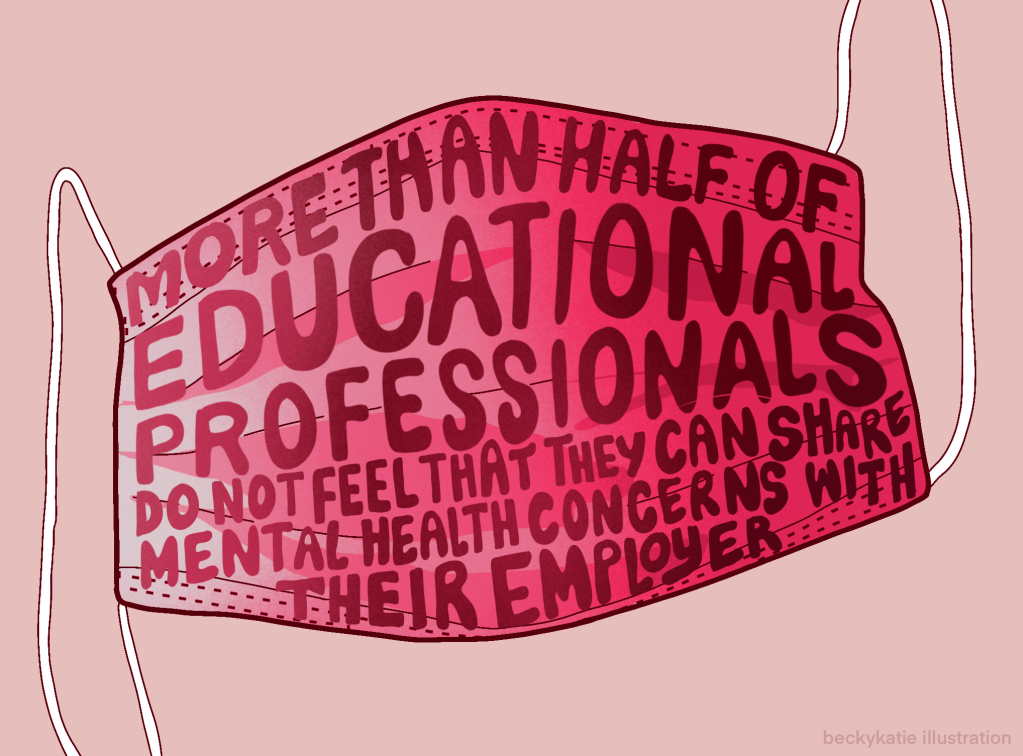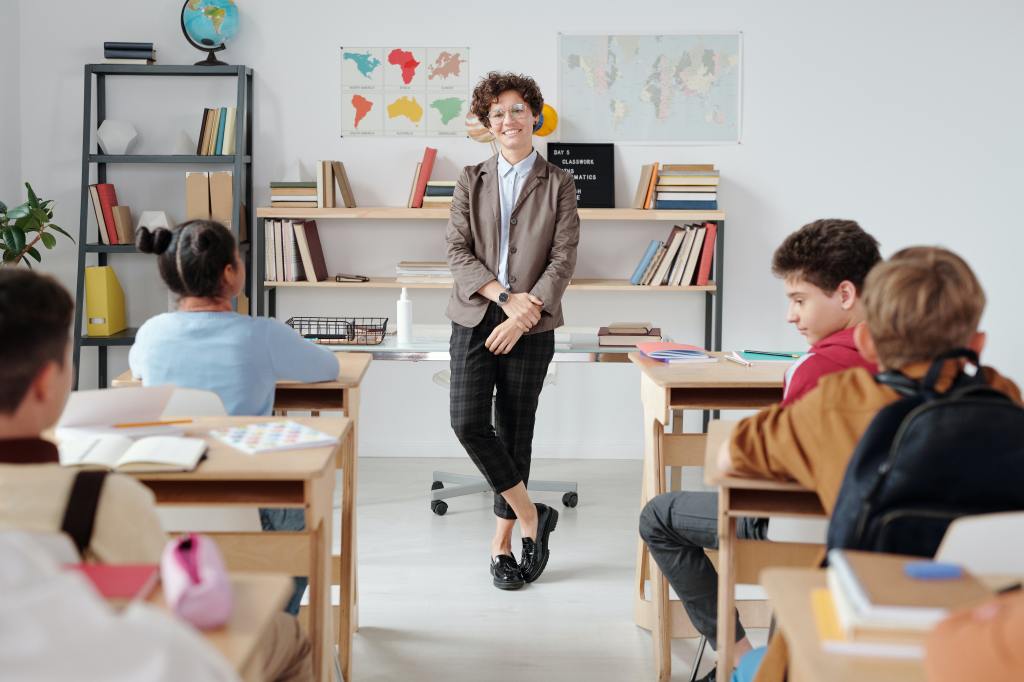
What is Relationships, Sexual Health and Parenthood?
Relationships, Sexual Health and Parenthood (RSHP) is an element of Health and Wellbeing within the Curriculum for Excellence in Scotland. The Scottish Government highlights that the purpose of RSHP education is to equip learners with the knowledge and skills to help build and maintain positive and safe relationships, allowing young people to make informed decisions as they grow and develop. (Scottish Government, 2014) The Health and Wellbeing syllabus within Curriculum for Excellence provides practitioners with a key platform for delivering this education to children at an age-appropriate level. Local authorities, healthboards, Education Scotland and the Scottish Government have worked collaboratively to produce age-appropriate RSHP materials to support the implementation and delivery of a comprehensive and progressive RSHP education for all learners in Scotland from age 3 to 18, including those with additional support needs. In this blog, we will discuss the importance of sexual health education in the Scottish curriculum (rshp.scot).
Why Teach RSHP?
Sexual health education is essential for children’s overall health and wellbeing (Scottish Government, 2014). It equips them with the knowledge and skills to make informed decisions about their sexual health and wellbeing, including healthy relationships, contraception and sexual consent. The United Nations Educational, Scientific and Cultural Organization (UNESCO) has reported that comprehensive sexual health education contributes to lower teenage pregnancy rates and the prevention of sexually transmitted infections, in addition to other broad sexual and reproductive health outcomes for young people. (UNESCO, 2021). High-quality relationships and sexual health education has also been found to help protect young people from abuse and sexual violence while also fostering equality and respect (Commissioner for Human Rights, 2020).
In addition to promoting physical health, sexual health education can also foster positive social and emotional development. It can help children develop a positive sense of self and body image, understand the importance of consent and boundaries and build healthy relationships. Health Protection Scotland (2020) reported a rise of sexually transmitted infections at a time when 78.8% of senior learners pupils agreed that it was easy to source information about sexual health and only 59.4% of senior phase learners found it easy to seek support on sexual health issues (Scottish Government, 2023). With these figures in mind, it is important that the Scottish curriculum delivers high-quality RSHP education to help improve the health and well being outcomes for all young people in Scotland.
Safeguarding
One key aspect of RSHP in Scotland relates to equipping learners with the knowledge to help recognise positive relationships and protect themselves from harm. National guidance on child protection in Scotland highlights that practitioners have a responsibility to ensure learners understand how to keep themselves and others safe as well as how to seek support (Scottish Government, 2021). RSHP education has an important role to play here in developing this understanding in young people through exploring healthy relationships, consent, bodily autonomy and confidence in an age appropriate manner. Article 19 of the United Nations Convention on the Rights of the Child (UNCRC) states that children should be protected from violence, abuse and neglect. The Scottish Government (2014) recognises that effective RSHP education can be proactive in safeguarding young and be delivered within the wider context of wellbeing and child protection.
Equality and Inclusion
Guidance on RSHP education in Scotland (Scottish Government, 2014) recognises the diversity of human sexuality and this is reflected in the Curriculum for Excellence Second Level Benchmarks, where it states that learners should “identify different kinds of friendships and relationships” and “demonstrate an understanding of diversity in sexuality and gender identity”. In addition, the rshp.scot supporting resources also reflect diversity in sexual orientation and gender identity.
Under the Equality Act 2010, it is unlawful to discriminate against others with identified protected characteristics and sexual orientation is one of those protected characteristics. Therefore, it is important that RSHP education does not discriminate, but instead provides a broad and inclusive knowledge and understanding of relationships and gender identity. This inclusive approach to RSHP education can help to foster an inclusive environment for all and combat homophobia and transphobia at school and beyond (Commissioner for Human Rights, 2020)
Support and Resources
Twinkl have been creating our own resources to help support RSHP education in Scottish schools at all levels of primary education. These resources are inclusive and include age-appropriate information for learners. Our full collection of primary RSHP resources can be accessed here.
Let’s take a closer look at some of the excellent resources Twinkl has to offer:
This excellent review resource helps learners to understand the different parts of their body, including the correct anatomical terms for genitals. The colourful design makes it appealing to Early Level learners, making it ideal for teaching this sensitive topic.
This Early Level resource sensitively introduces learners to the concept of consent at a young age. It is a great way to begin the journey to understanding bodily autonomy.
This PowerPoint resource provides an excellent introduction into personal hygiene for First Level learners. The content, design and illustrations has made it popular with our users with excellent reviews.
Many of the Twinkl RSHP themes include listening and talking resources. These blether stations are excellent prompts to help First Level learners discuss online safety.
This First Level PowerPoint provides an excellent introduction into love and relationships. It helps promote inclusion by discussing different relationships, including LGBTQ+ ones.
Our Second Level resources are excellent for teaching sensitive RSHP topics and this Understanding Sex PowerPoint is no exception. The presentation has been written to be informative, objective and inclusive, making it a brilliant resource for P5-P7 learners.
These Second Level Consent Blether Stations are an excellent resource for promoting classroom discussion on the topic of consent, helping learners to develop their knowledge and understanding of consent and body autonomy.





